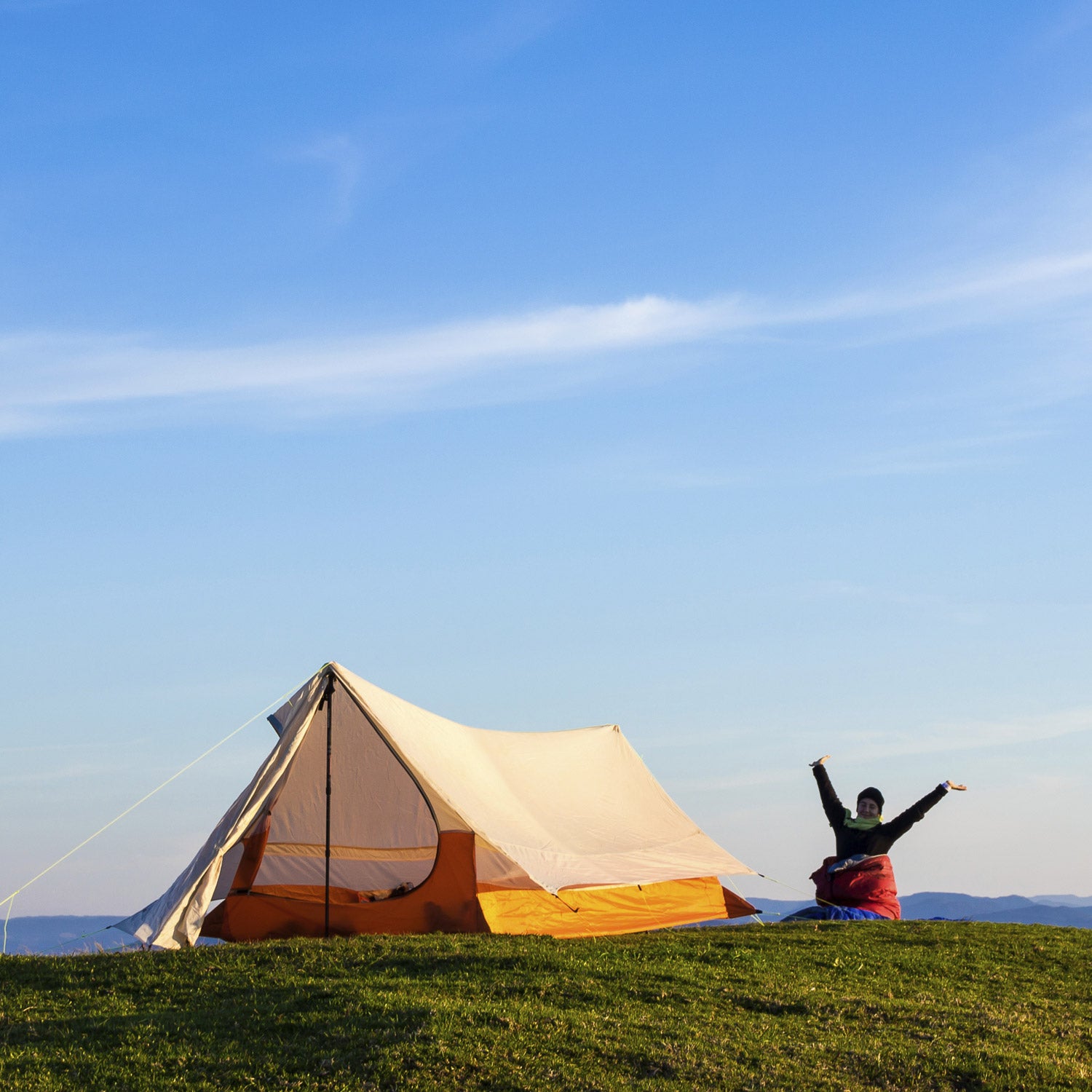Buy the wrong sleeping bag and you’ll have lots of sleepless time in a��tent to regret your��decision. Buy the right one��and you’ll sleep better than you do at home. Here are��five tips to help you choose wisely.��
Always Go Warmer��
Temperature ratings are pretty accurate, but they don’t account for human variability. Some of us run hot. Others run cold. To be safe, I suggest purchasing a bag that’s rated 10��to 15��degrees cooler than the lowest temperature you expect to encounter. It’s��easy to unzip your bag to vent extra heat, but it’s hard to warm up if you’re cold.
Choose the Appropriate Fill
As a rule of thumb, down has the best warmth-to-weight ratio and packability. If you’re going someplace��where weight matters (backpacking, bike packing), go with down. Synthetic is better when wet and tends to be cheaper. Go with synthetic if you car camp or plan to spend a lot of time in the rain or near the water.��
Find the Right Shape
Historically, sleeping bags have come in��two shapes: mummy bags, which are warm but restrictive, and rectangular bags, which are roomy��but don’t retain heat as well. Today, there are more options. Take��, which provide the warmth of a mummy bag��but give you��more space to roll around. Or��the , which has slots at the top��so you can sleep with your arms outside the bag.��
Be Realistic
Super-lightweight, ultra-warm bags are sexy, but they’re overkill for most of us. Plus,��they can��break the bank (think $600 to��$800). A standard 15- to��30-degree three-season bag like the $170 North Face����should be enough for the majority of us who like to backpack and car camp from spring through fall.��
Don’t Forget a Good Sleeping Pad
Sleeping pads will keep you warmer by insulating you from the cold ground. Avoid a flimsy piece of foam—go for something that elevates your body, like the two-inch-thick . Even if you buy the nicest sleeping bag on the market, a lousy pad will��ruin your night because you’ll feel every rock and twig underneath��you.
��


